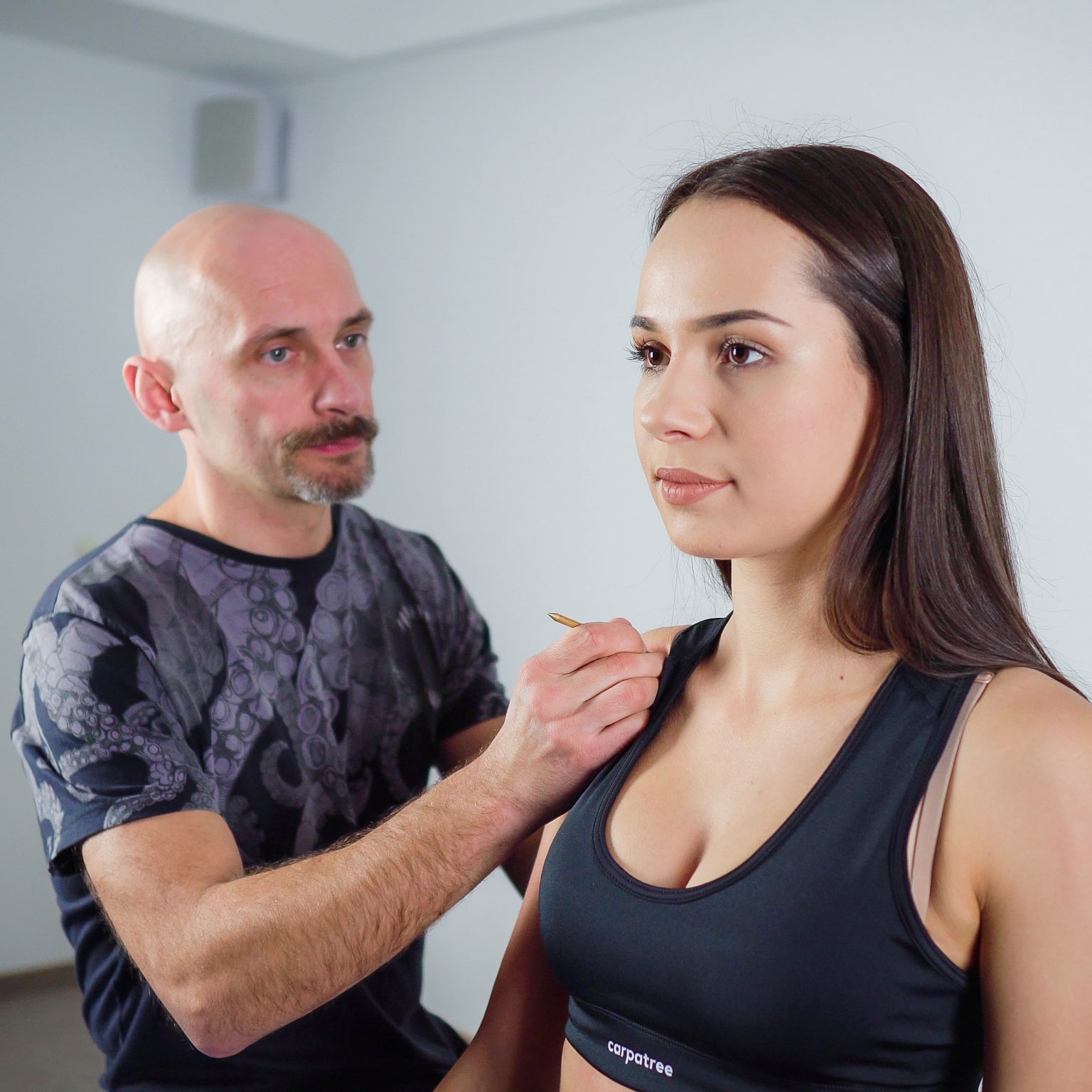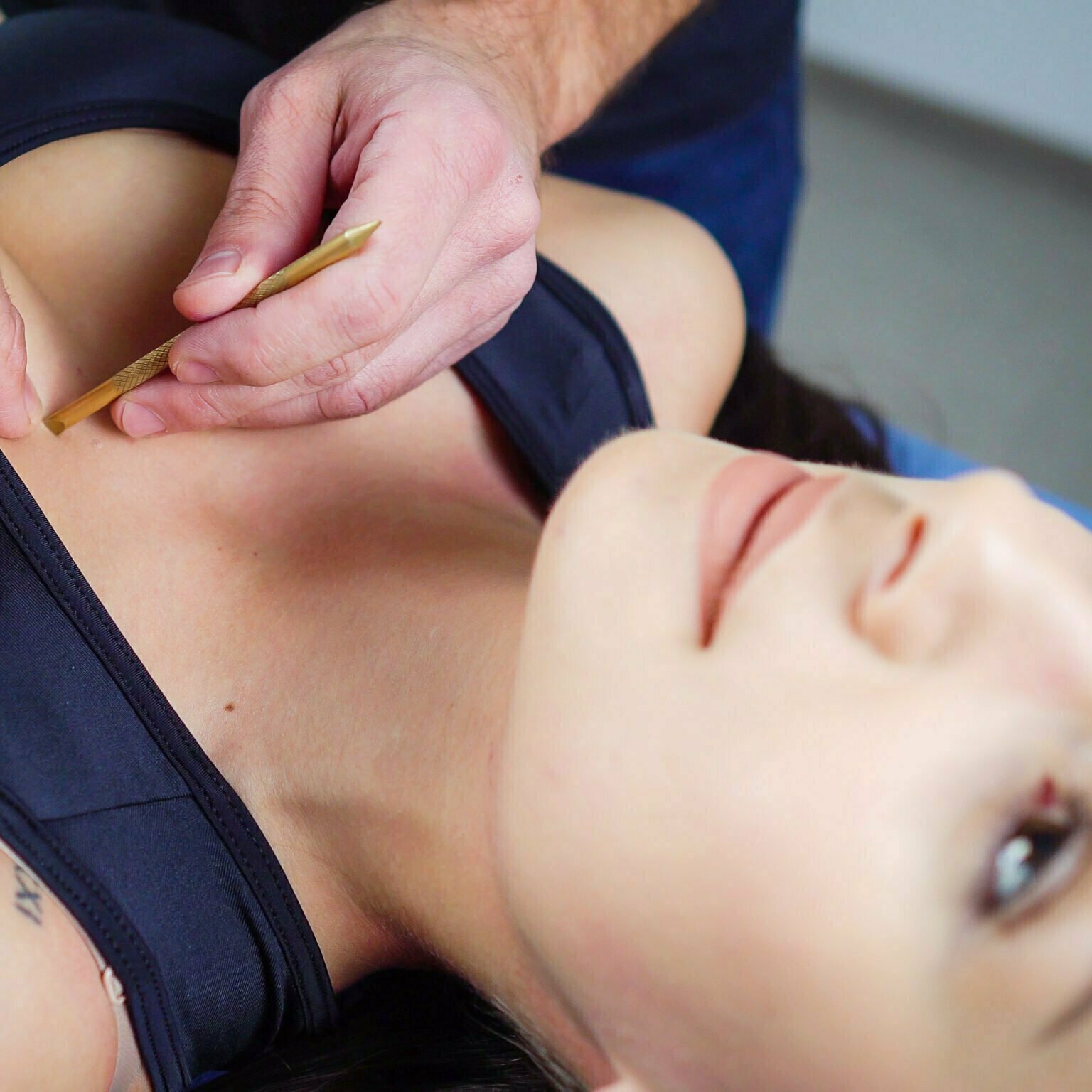The second of the five systems according to the Five Regulatory Systems concept (FRSc) is the system of biochemical interdependencies and the phenomena of stagnation occurring in it. Fluid management disorders are responsible for pathologies here.
Where do the problems come from?
Similarly to osteopathy and a number of other therapeutic approaches, Składowski also pays special attention to issues related to the circulation of fluids in the body. The starting point for considerations about the Regulatory System II (in short - Regulator II) is the analysis of the phenomenon of stagnation, i.e. a situation in which, for some reason, the circulation of blood/lymph/extracellular fluid in a given space becomes difficult or even impossible. This space is called a compartment.
It should be remembered, however, that a compartment in this case does not mean a specific fascial compartment that is often mentioned in the nomenclature. Similarly, it should not be associated directly with a condition called compartment syndrome compartment syndrome). Składowski proposes to use this term much more broadly, leaving a lot of freedom in what part of the body, area or organ will be in a situation of difficult outflow or inflow of fluids. In this sense, a compartment can be a muscle (or its fragment), a ligament, a gland, or even a bone.
Typical symptoms and diagnosis
The clinical picture of patients with disorders characteristic of this Regulatory System is primarily pain that occurs during the initial movement, which is almost always preceded by a phase of prolonged immobility. In other words, a situation in which fluid stagnation in a given area has accumulated and then, as a result of movement, provoked the response of specific nerve receptors carrying pain information. Professions such as: professional drivers, office workers, cashiers are more likely to develop the problems mentioned above.
Skladowski's observations show that this type of disorder very often correlates with pain appearing proximally from the focus of the pathology (stasis). For example, ailments in the lumbar spine, which have their cause in the compartment below, i.e. in the buttock, thigh, shin or foot. Often, in the physical examination, the history of the "disease" turns out to be ascending, which means the pain gradually moves over time from more distal sections (e.g. calf) to more proximal sections (e.g. lumbar spine) with a neuropathic component often accompanying this process , often corresponding in its chronic phase to symptoms such as popular sciatica.
Who is affected by the disorder?
The morphological features of patients who most often claim to be affected by the disorders at the level of the Regulatory System II include high body weight (this does not necessarily mean obesity) with fat deposited in larger amounts on the limbs. The way such people move is usually slow but decisive. Theoretically, these patients can be compared to athletes practicing disciplines such as hammer throw, shot put or weightlifting.
Therapy by FRSc
The proposed therapeutic process in accordance with the FRSc focuses mainly on the proper recognition of the mechanism by which fluids stagnate in the compartment. It is often required here to take into account cascades of biochemical phenomena determined, among others, by differences in the osmotic pressure of the fluids. The next stage, i.e. proper therapy, consists in the implementation of drainage techniques, which are designed to empty the given compartment, restore its proper pressure and blood flow together with lymph. Techniques in the field of pinotherapy, needle therapy, and sometimes also hirudotherapy play an auxiliary role here.

Krzysztof Skibiński
Physiotherapist, conducting training in Pinotherapy and Manual Medicine according to FRSc. Apart from leading courses alongside the FRSc founder, he is also involved in coordinating research and scientific projects within the EBM stream. Read more...





